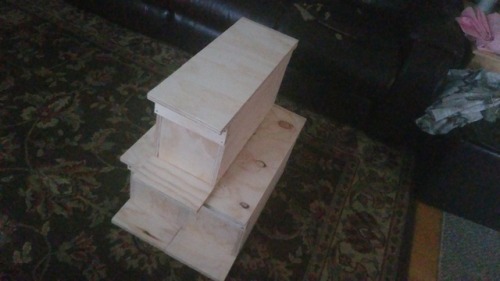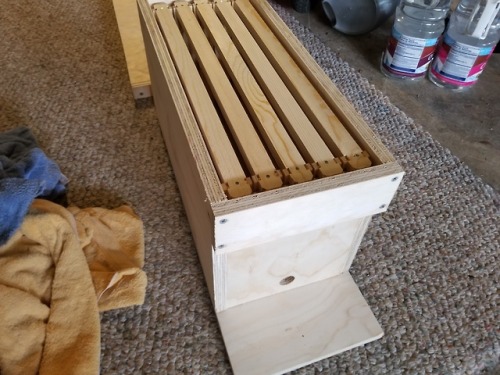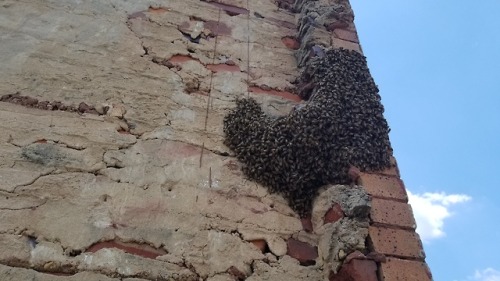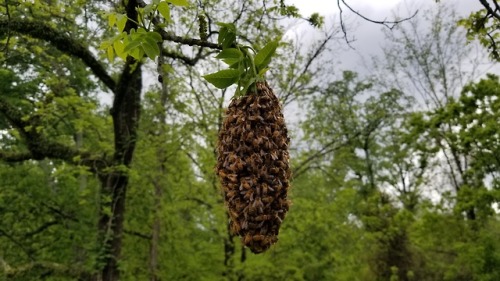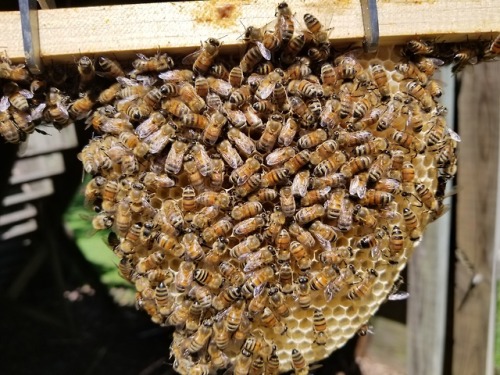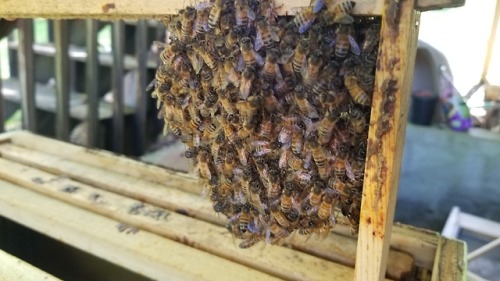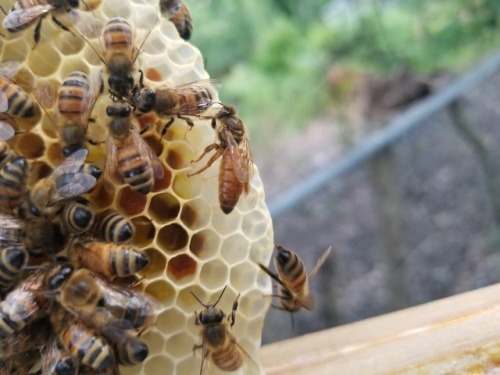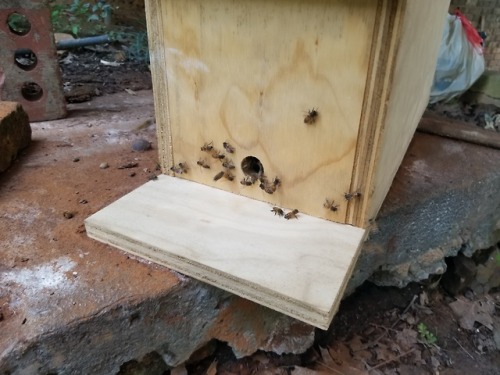foxthebeekeeper: Dirt Cheap Beekeeping episode 1: What I’m gonna tell you. First of all, beeke
foxthebeekeeper: Dirt Cheap Beekeeping episode 1: What I’m gonna tell you. First of all, beekeeping as a business or professional organization will always be “for profit” in this wonderful world of ours, so buying directly from companies that make bee equipment is generally a pretty bad deal. It will almost always be super expensive. Making your own equipment is typically much easier on the wallet. Only problem is that it will take time on your part. Then again, it’s good practice for when you are actually KEEPING the bees. Firstly, you’ll need somewhere to out the bees once you get them. I always try to start out small swarms of bees in nucleus hives, but if you want to keep them for longer or have them make lots and lots of honey, you’ll need to have larger hives. For the nucleus hive plans I have above, you’ll need a 2x4ft piece of wood. I use plywood because it’s cheap, as about 5$ per whole hive, but it needs to be painted if you plan on keeping it outside. Plywood will fall apart and rot if not treated. To make a larger hive, simply take the dimensions of the top, bottom, front, and back, and increase their width according to how many frames you want them to fit. Each extra frame will add 1-1/16 inch to the total width. I’d advise adding 5 to start. More experienced builders may make “long langstroth” hives that have more than 10 frames in one box. Once you have hives made, you have several options for obtaining bees. The first and most widely known method is to buy “package” bees from an established beekeeper. Now depending on both the bees and the beekeeper, this could be very expensive, so for most people it is not an option. The second option, and my personal favorite, is to locate and capture swarms! A swarm is just a big ball of bees that lands on a tree or bush or fence or really anywhere. Bees “swarm” when they grow too big for their old hive. Half of the population leaves to go find another home, and that’s why bees swarm. To capture a swarm, you can set a “baited” hive very close to them (preferably touching them) and hope they move in. You can also put a pillowcase around them and shake them in to it if you don’t want to carry around a hive. You then just pour the bees in to the desired location. Another more effective method of capturing swarms is by setting “bait hives” or “swarm traps” outside. These are just normal hives that have been “baited” with lemongrass oil or other swarm attractant such as Swarm Commander. Both of these things smell like honeybee “nasonov” pheromone, which is what bees use to tell where their home is. Though when using bait hives, you’ll need to keep a close eye on them so that once bees move in, you can get the box and move it to your bee yard to be kept before they get used to the old location. Another method to obtaining honeybees is to perform “cut-outs” on trees or houses depending on how comfortable you are doing that. It’s a lot more effort, but usually comes with more bees, pre-built comb, and lots of honey/brood. While using any of these methods to get bees, it is always a good idea to make sure that you find the queen bee. No matter how many you miss or how much you stir up the bees, if you catch the queen, they’ll all come back exactly where you want them. You can use a queen clip that is pre-built and purchased, or you can use an old Mason jar with holes poked in the lid like I do. You just need to make sure that the queen stays out of direct sunlight and in a place where bees can easily get to. You also usually want to make sure that you capture some normal workers along with the queen, so that they can feed her and take care of her. If you caught a queen from a swarm, place her gently in the capture device in the bottom of the hive, and then set the hive as close to the rest of the bees as you can so they can smell her and move in. The rest is just keeping them normally! Once you have bees, all you need to do is take care of them and make sure they stay safe and happy~ I’ll go in to more detail on all of this in the near future. I’ll also break it down in to individual steps so that you don’t need to deal with a wall of text like this again. I’ll tag everything in this series with #DirtCheapBeekeeping #DCB and #DIY so that you can find them easily. I’ll level with you here, I completely forgot about this. XDIf you want to get in to beekeeping but don’t want to drop 200-500$ on bee hive kits and bees, this will definitely be a great post for you! It’s a bit run-on and poorly organized, but it has lots of great info for getting started.Go to your local library or bookstore and find a couple books on beekeeping. It may sound silly in the modern day to go *read books* but they’re honestly chock full of super useful info that you oftentimes can’t easily find online. Worth a try tbh.As usual, my ask box here is always open for questions, comments, concerns, and whatnot as you see fit. Don’t be shy! There are absolutely no stupid questions, though I must warn you that depending on the question you may get a stupid answer. -- source link
Tumblr Blog : foxthebeekeeper.tumblr.com
#beekeeper#beekeeping#honeybee#honeybees#honeycomb#tutorial#tutorials#natural#nature#insect#insects

